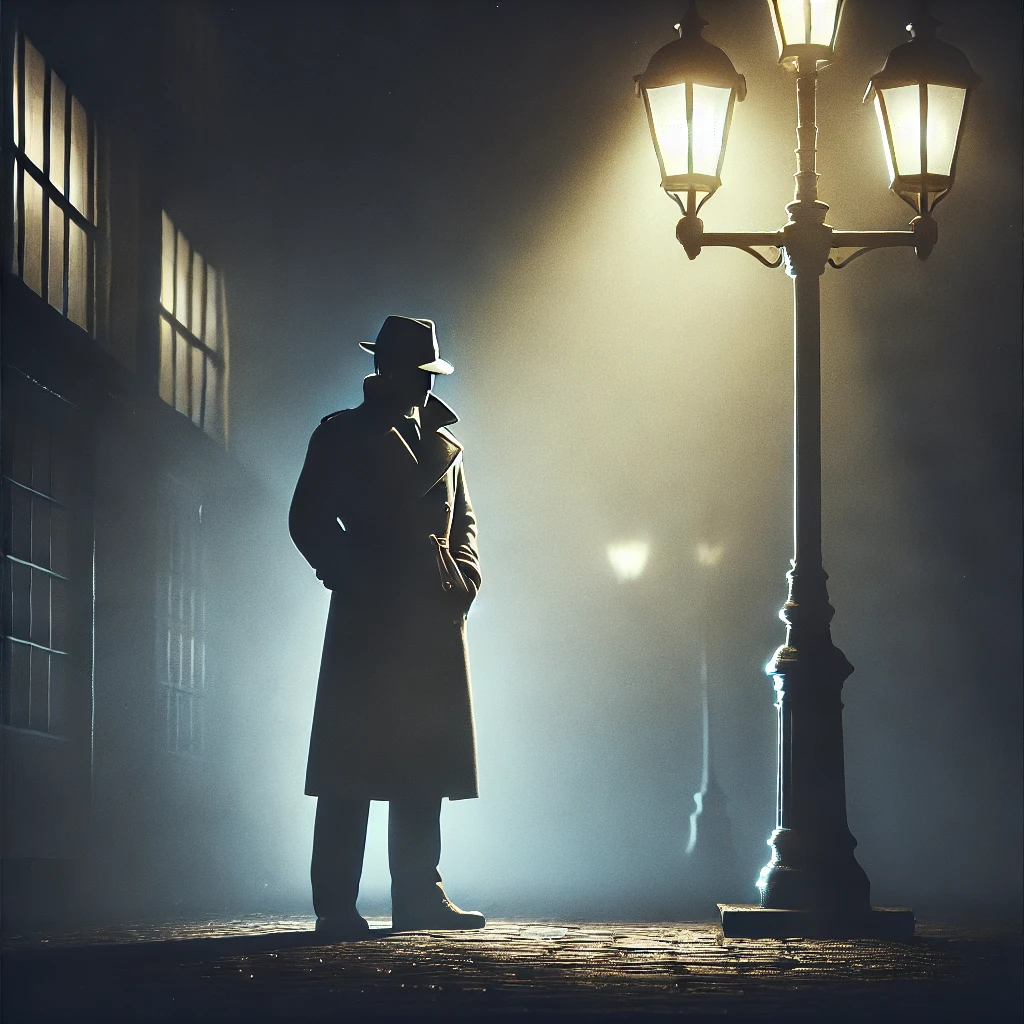The Valley of Fear is the fourth and final Sherlock Holmes novel by Arthur Conan Doyle, and it’s a true gem for anyone who enjoys a good detective story with a twist. You know, the kind of story where you think you’ve got it all figured out, only to be smacked in the face with a plot twist so sharp it could cut through Watson’s mustache.
Let’s talk about the plot, shall we? It’s your classic Holmes tale: a mysterious murder, coded messages, and a criminal mastermind pulling strings from the shadows. The novel starts with Sherlock Holmes receiving a coded message from one of his informants. But, oh, the irony! Holmes cracks the code only to find out that it’s a warning about a murder that has already happened. Bravo, Holmes, you’re just a tad late to the party!
The murder victim, John Douglas, is found in his manor house with his face blown off by a shotgun. Talk about making an entrance—or, in this case, an exit. As Holmes and Watson dig deeper, they discover that Douglas had a rather colorful past under a different name and was involved with a secret society in America. The tale then splits into two parts: the investigation in England and a lengthy flashback to the States, where Douglas’s past life unfolds in a Wild West-meets-mobster drama. It’s like Arthur Conan Doyle couldn’t decide whether he was writing a detective novel or a gangster epic, so he just mashed them together. And somehow, it works!
Holmes, of course, is in top form, piecing together clues like a bloodhound on a scent trail. But it’s his interactions with Watson that bring a touch of irony to the story. Poor Watson, ever the eager sidekick, tries his best to keep up with Holmes’s leaps of logic. You can almost hear Holmes’s internal monologue: “Ah, Watson, bless your heart. You try so hard.”

The real kicker, though, is Professor Moriarty’s shadow looming over the entire plot. He’s the spider in the center of the web, the Moriarty to Holmes’s Sherlock. It’s like a game of chess between two grandmasters, with everyone else as pawns. Moriarty doesn’t make a direct appearance in this novel, but his presence is felt throughout. It’s as if Doyle wanted to remind us that even when you think you’re safe, Moriarty is always lurking in the background, twirling his metaphorical mustache and plotting his next move.
And then there’s the ending. Oh, the sweet, delicious irony. Just when you think Holmes has it all figured out and the case is neatly wrapped up, Doyle throws in a twist that leaves you questioning everything. It’s a bit like baking a beautiful cake, only to find out it’s filled with marbles. You can’t help but chuckle at the audacity of it all.
In essence, “The Valley of Fear” is a rollercoaster of mystery, intrigue, and a dash of irony. It’s Doyle at his finest, weaving a tale that keeps you guessing until the very end. Holmes is brilliant as ever, Watson is endearingly earnest, and the plot twists are like sprinkles on a donut—unexpected but delightful. So, if you’re in the mood for a classic detective story with a twist and a touch of ironic humor, grab a copy of “The Valley of Fear.” Just don’t be surprised if you find yourself chuckling at the absurdity of it all.


